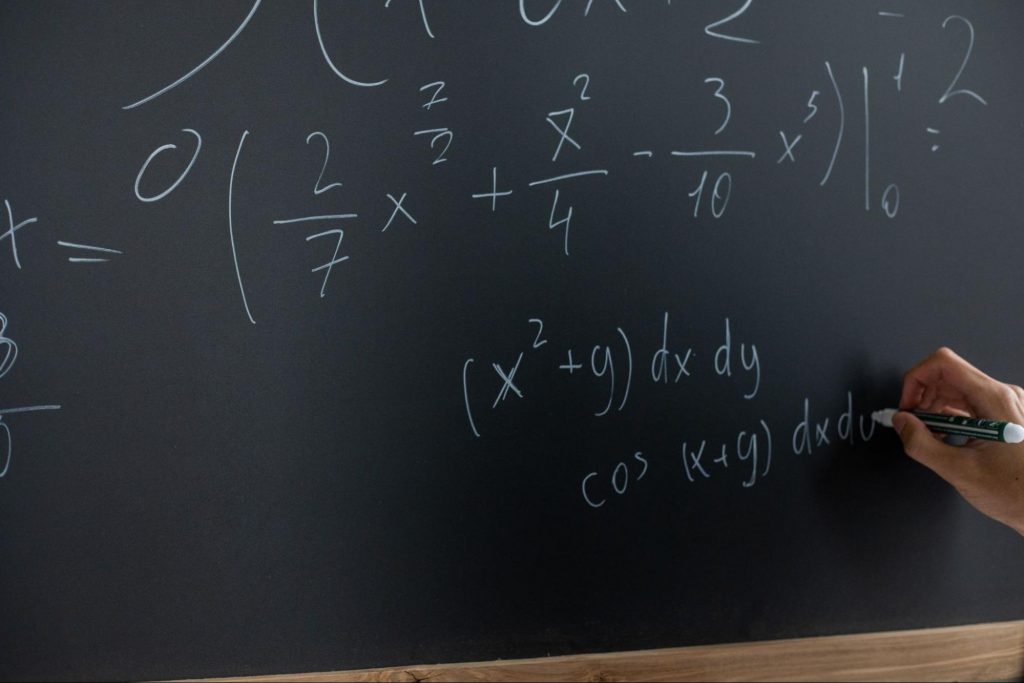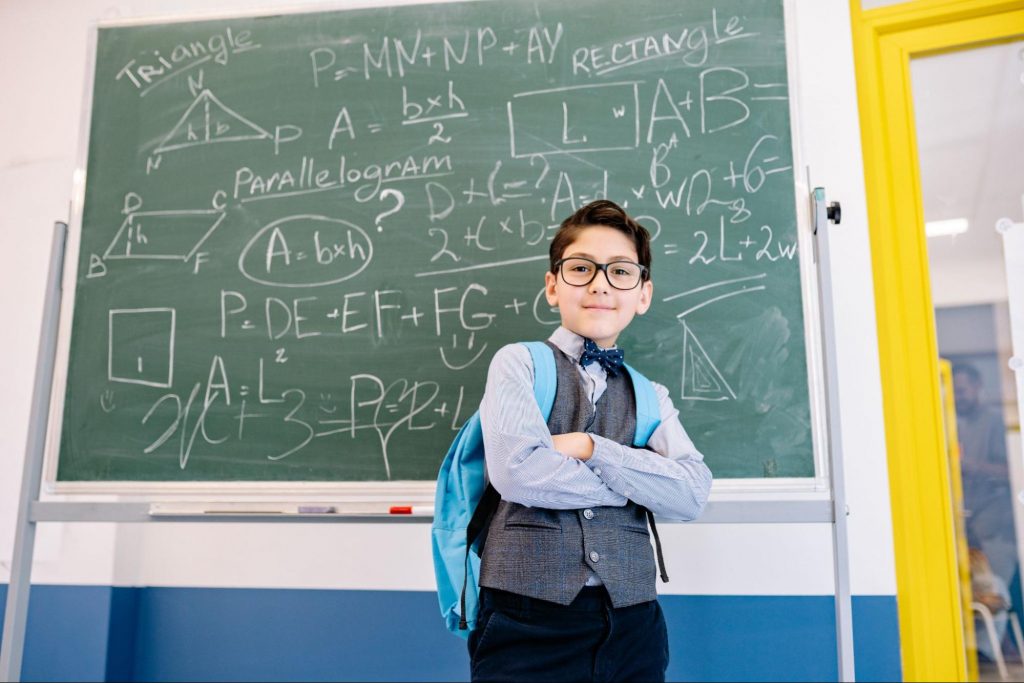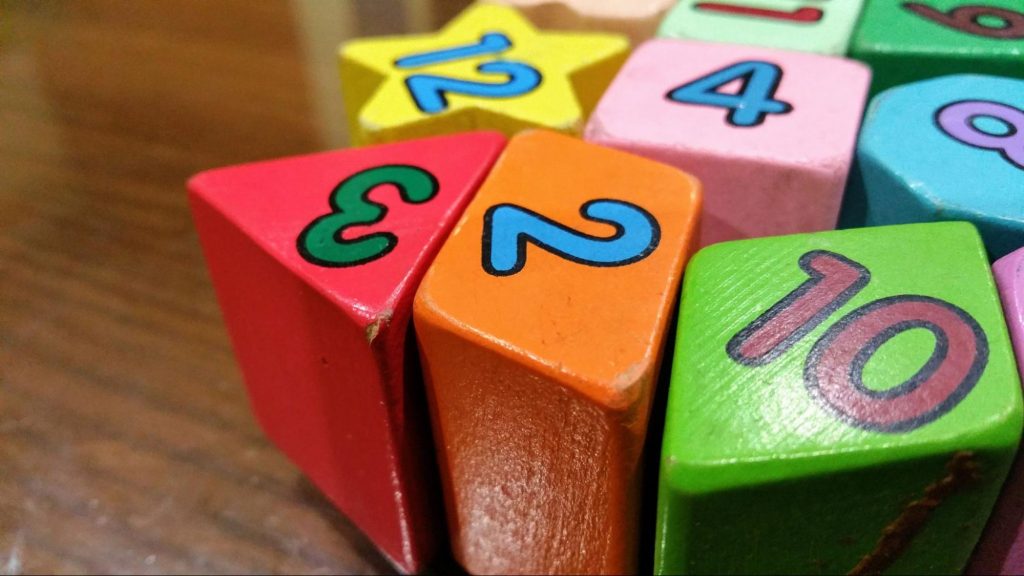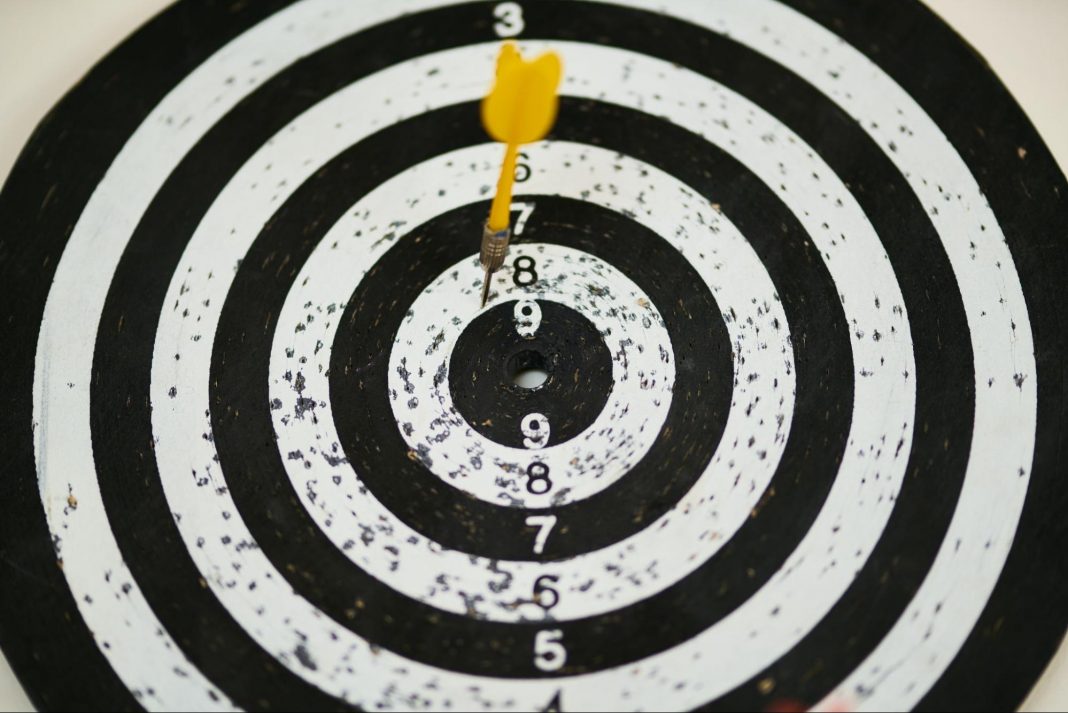Setting goals is the first step in turning the invisible into visible. -Tony Robbins
If you are new to homeschooling and have been wondering if your child’s learning progress in Math parallels with the children of their age, you have to first lay down Math goals that are specific to their grade. Goal setting is important because it paves the way for the journey ahead. Also, goals help you measure your child’s progress step-by-step. Since these measures are standard set parameters that are appropriate for the age and grade of your child; if they are achieved you can be confident that your child’s learning graph is going upward at the right pace.
Math & ELA | PreK To Grade 5
Kids see fun.
You see real learning outcomes.
Watch your kids fall in love with math & reading through our scientifically designed curriculum.
Parents, try for free Teachers, use for free
Agreed homeschooling does give you a chance to tailor education to your child’s individual needs and interests, including in the realm of math learning. However, setting clear and specific goals is still important to ensure that students are meeting appropriate grade-level standards. You can choose the style of teaching as per your and your child’s needs, but goal-setting will give you the destination you should aim to reach. Also, it is a known fact that students who set goals are more likely to be motivated to achieve them, leading to better grades and higher levels of engagement in the classroom.
As Zig Ziglar said, “A goal properly set is halfway reached.
In this article, we will talk about math goals for students of different grade levels; from fundamental concepts taught in kindergarten to those in grade five.
So homeschoolers, let’s embark on the journey ahead!
5 Things Homeschool Math Goals Should Include

Mathematical skills for primary class students typically cover a range of concepts that form the foundation for more advanced math learning. Broadly, there are five content strands you need to take care of when creating math goals for kids to homeschool them. Each of these is important to develop some or the other aspect of their mathematical skills. These are:
1. Number and Operations

The number and operations goal includes numbers, operations, and computations. This includes understanding and counting to recognize how many objects are present in question for younger kids. For older kids, this may include being able to understand decimals, fractions, and integers. Although, when you set goals like these, make sure you’re able to measure them and analyze how much you were able to achieve them. Diana Scharf Hunt once said, “Goals are dreams with deadlines.” and we can’t agree more.
There are various examples of student math goals for numbers and operations that are measurable, and one of them is “understanding basic arithmetic operations”, say “by the end of the term, my kid will be able to add, subtract, multiply as well as divide decimals, fractions, and integers.”
2. Algebra

Algebra is a branch of mathematics that deals with mathematical symbols and rules for manipulating these symbols to solve problems and analyze relationships between variables. It is a fundamental area of math and forms the basis for more advanced mathematical concepts.
In algebra, students learn to use letters (variables) to represent unknown quantities or numbers and perform operations as in addition, subtraction, multiplication and division on these variables to find their values. Algebraic expressions consist of variables, constants, and mathematical operations, while algebraic equations equate two algebraic expressions which help find the value of the unknown variables.
Related Reading: What is Algebra? Definition, Basics, Examples, Facts
3. Geometry

Mathematics goals and objectives for geometry center on analyzing properties and features of two- and three-dimensional geometric shapes. At the elementary level, students start by identifying basic shapes. They go on to master basic concepts of geometry like lines, angles, and basic shapes. From there, they progress to understanding theorems like Pythagorean theorem, parallel theorems, and the like and solving geometric problems.
4. Measurement

When crafting measurement goals, it is vital for your child to comprehend the measurable characteristics of objects along with the units, systems, and procedures involved in measurement. To put this knowledge into practice, your child should possess the ability to utilize suitable tools, techniques, and formulas for measuring objects. In order to measure your goals at the end of the term, you can set goals like “Your child will be able to use a one-foot ruler to measure objects in inches”.
Related Reading: What is Measurement in Math?
5. Data Analysis & Probability

The realm of Data Analysis and Probability revolves around four main areas of focus, which involve formulating questions based on collection, organization, and display of data, selecting and utilizing appropriate statistical methodologies for data analysis, devising and assessing inferences and predictions based on data, and comprehending and applying fundamental principles of probability. To measure the goals, you can try setting goals like your kid being able to draw a bar graph with the data provided to him or her.
Grade Wise Math Goals for Homeschooling Kids
Now let’s take a detailed look at the list of specific Math goals starting from Kindergarten to grade five!
Kindergarten Math Goals

- Count to 100 by ones and tens.
- Recognize and write numbers 0 to 20.
- Understand the concept of addition as combining two groups of objects (e.g., 2+3=5).
- Understand subtraction as taking away objects from a group (e.g., 5-2=3).
- Recognize and describe basic shapes (e.g., circle, square, triangle, rectangle).
- Compare two objects using the terms “greater than,” “less than,” or “equal to.”
- Understand the concepts of “more” and “less” when comparing quantities.
- Use objects or drawings to represent addition and subtraction problems.
- Recognize and name basic coins (penny, nickel, dime, quarter) and their values.
- Measure and compare the length, weight, and capacity of objects using non-standard units (e.g., blocks, paper clips, cups).
Related Reading: Kindergarten Math Curriculum – 9 Important Math Concepts for Kids
First-Grade Math Goals
- Count till 120, starting at any number less than 120.
- Read and write numbers up to 100 in both numeral and word forms.
- Understand the concepts of even and odd numbers.
- Add and subtract within number 20 using objects, drawings, and equations.
- Use the concept of place value to understand that the two digits in a two-digit number refers to amounts of tens and ones.
- Understand and apply basic properties of operations (e.g., commutative property of addition).
- Identify and describe two-dimensional shapes based on their attributes (e.g., sides, corners, angles).
- Measure and compare objects using standard units of length, weight, and capacity.
- Organize and interpret data using picture graphs, bar graphs, answering simple questions about the data.
- Understand that the equal sign represents a balance between two sides of an equation.
Related Reading: Most Important Math Concepts Kids Learn in 1st Grade
Second-Grade Math Goals

- Read, write, and represent numbers up to 1000. Understand the relationship between hundreds, tens, and ones.
- Add and subtract within 100 using various strategies, including using place value and the relationship between addition and subtraction.
- Understand and apply the properties of even and odd numbers.
- Add and subtract within 20 using mental Math.
- Use place value to understand three-digit numbers and represent them using base-ten blocks or drawings.
- Understand and apply properties of operations (e.g., associative property of addition).
- Identify and classify two- and three-dimensional shapes based on their attributes.
- Estimate and measure lengths in standard units and use these measurements to solve problems.
- Analyze data and create various types of graphs, including line plots and picture graphs, bar graphs and tally charts
- Use various strategies, including counting on and making 10, to add and subtract within 1000.
Related Reading: Important Concepts of Maths for 2nd Graders
Third-Grade Math Goals
- Round whole numbers to the nearest ten or hundred.
- Multiply and divide within 100 using various strategies and representations.
- Understand and apply the properties of multiplication and division.
- Fluently add and subtract within 1000 using various strategies.
- Understand fractions as parts of a whole and as numbers on a number line.
- Compare and order fractions with like denominators.
- Measure and estimate masses and liquid volumes of objects using standard units.
- Solve problems involving four operations (addition, subtraction, multiplication and division),and identify the type of problem (e.g., multiplication comparison problem).
- Use various multiplication and division strategies to solve two-step word problems.
- Understand and create various types of graphs, including bar graphs,line plots and picture graphs to represent data.
Related Reading: Most Important Math Concepts Kids Learn in 3rd Grade
Fourth Grade Math Goals

- Understand and use place value to round off whole numbers to any place.
- add and subtract multi-digit whole numbers fluently using various strategies and algorithms.
- Multiply and divide multi-digit numbers using various strategies and algorithms.
- Understand and apply the properties of multiplication and division to solve problems.
- Compare and order fractions with.
- Add as well as subtract fractions with like and unlike denominators.
- Convert between different units of measurement within the same system (e.g., inches to feet).
- Use geometry to understand concepts of lines, angles, and symmetry.
- Analyze and interpret various types of graphs, including line plots, bar graphs, and picture graphs to represent data. Use data to answer questions and draw conclusions.
- Understand and apply the concept of perimeter and area to solve problems involving rectangles and squares.
Related Reading: 4th Grade Math Curriculum – 7 Important Math Concepts for Kids
Fifth Grade Math Goals
- Use place value to round decimals till any place.
- Addition, subtraction, multiplication, and division of decimals to hundredths.
- Understand and apply the properties of multiplication and division to solve problems with whole numbers and decimals.
- Convert among different units of measurement within the same system and solve problems involving measurement.
- Understand and use concepts of volume and understand the relationship between volume and multiplication.
- Add and subtract fractions and mixed numbers.
- Multiply and divide fractions and mixed numbers.
- Graph points on the coordinate plane and understand the relationship between the coordinates and the location of the point.
- Classify two-dimensional figures based on their properties and understand the relationship between two-dimensional and three-dimensional figures.
- Understand and apply the concept of order of operations to solve problems involving expressions with parentheses, brackets, and braces.
Related Reading: Most Important Math Concepts Kids Learn in 5th Grade
Conclusion
Math is one of the most fun subjects for kids if taught the right way. The subject also has a ton of practical use in real life and is easy to teach using real-life examples. When homeschooling kids, it is important to set clear objectives and measure them continuously to make sure you’re in the right direction. So don’t forget to set achievable and measurable goals and help your kids learn new things effectively!
Frequently Asked Questions (FAQs)
What is the easiest way to teach Math to a child?
Some great ways to teach Math to kids are by giving real-life examples and by making it more fun with games and puzzles like sorting games, comparing and contrasting objects, building blocks, etc.
How do you set a goal?
The most effective way of setting a goal is by brainstorming, identifying realistic goals, breaking the set goals into smaller actionable items, identifying possible obstacles and their solutions, and setting a timeframe to achieve the set goals.
How does goal setting help kids?
Establishing goals provides kids with direction and enables them to establish a set of attainable objectives within a specific period of their academic career.
























